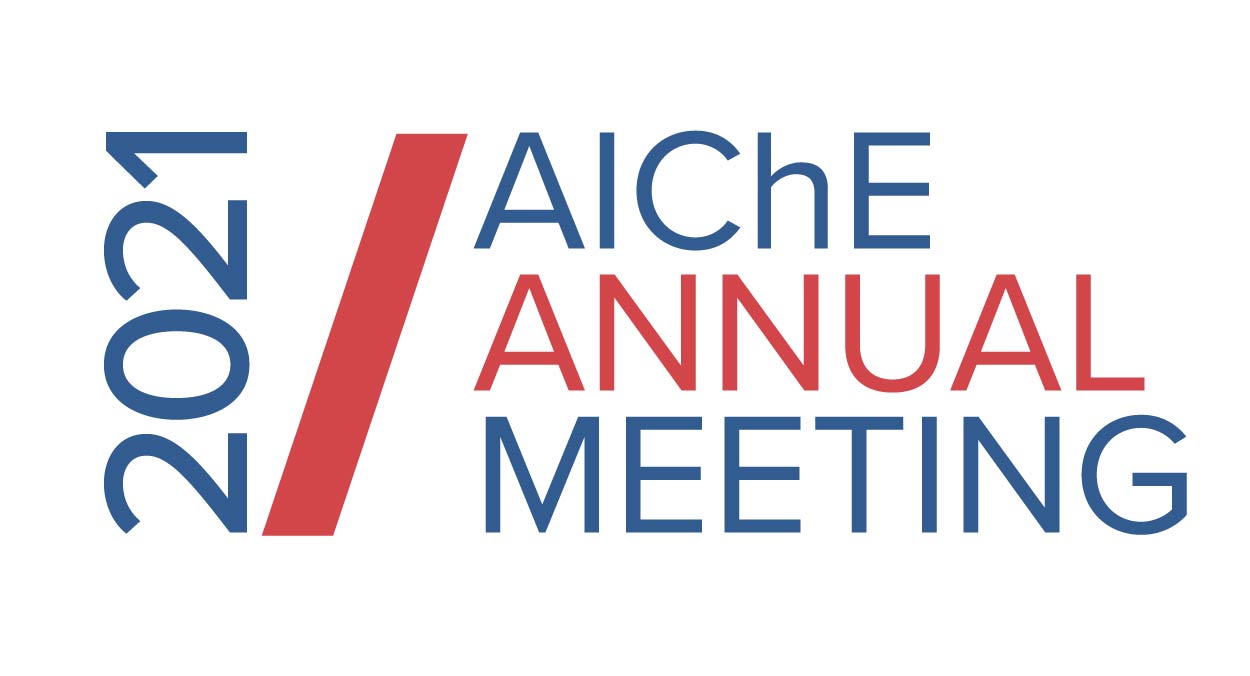

The main hurdle is, nevertheless, the limitation by cultivation resources and a lack of deeper phenotype characterization within the complete design space. Even though state-of-the-art High-Throughput (HT) liquid handling stations perform parallel experiments for a large number of strains and conditions to be tested in short time, these experiments provide only limited information about the dynamics of the strains at industrial process conditions. This information is highly important for scale-up, since cultivations in industrial-scale bioreactors expose the microbial cell factories to significant stresses due to substrate, oxygen, and pH gradients among others [2]. In an effort to address this challenge and reduce the risk of failure during scale-up, we developed a HT scale down system based on model-based operation strategies [3] and extended them to conditional screening experiments [4]. This facility has proven to adaptively change the inputs of the cultivation to estimate the parameters of an underlying model as good as possible [5, 6].
In this work, we tackle the next challenges as are the robust operation of constrained and highly perturbed fed-batch cultivations in parallel mini-bioreactors. The main challenges are:
- Discontinuous inputs of bolus feeding fed-batch regimes required to expose the cells to oscillating concentrations as they are present in large-scale bioreactors.
- The response to the feed additions has an important delay in the DOT constraints (both in process and sensor), such that a predictive method is required to avoid constraint violation.
- The dynamics of the timescales of the ODE system, especially regarding biomass growth and DOT are very large (orders of magnitudes difference in the eigenvalues), leading to a very stiff system.
- The sampling frequencies of the different states (i.e. biomass, glucose, acetate and DOT) follow different rates, so information about all states is not available at the same time.
- The parameter values of the model are unknown at the beginning of the experiment and need to be estimated during the cultivation with limited computational time and resources. Moreover, the parameter-estimation problem is highly non-convex.
To cope with these challenges, a model predictive control (MPC) framework based on a macro-kinetic growth model with a moving horizon estimation (MHE) approach that can deal with 48 parallel mini-bioreactors [7] with multi-rate sampling and a-priori unknown model parameter estimates is required. While the MHE part iteratively estimates the parameters of the model, the MPC framework computes the optimal feeding strategy for the next hour to obtain highest biomass and later highest product yield, subject to the constraint that anoxic conditions are avoided (DOT <20%).
The general mathematical formulations describing the cultivations are shown in table 1. The dynamic states x include biomass, substrate, acetate as well as DOT. The control inputs for each mini bioreactor are u, while θ denote the unknown parameters of the strains and the respective bioreactor. Measurements for all the states were obtained for each sampling at the following time intervals: 60 sec for DOT, and 20 min for the other states. At each iteration step, the inputs of the system, i.e. optimal feeding rates for each bioreactor, were computed with an MPC controller, using the dynamical model with the current estimation of the uncertain parameters Θ.
These results demonstrate that computer aided high-throughput bioprocess development is key to speed up bioprocess development and increase the success rate by enabling HT screening at conditions which are close to the industrial scale.
Acknowledgements
We want to thank Felix Fiedler for his support regarding MPC and development of the do-mpc software. Financial support from the German Federal Ministry of Education and Research (BMBF) is gratefully acknowledged (project no. 01QE1957C – BioProBot and 01DD20002A – KIWI Biolab).
References
- Huber MC, Schreiber A, Wild W, Benz K, Schiller SM. 2014. Introducing a combinatorial DNA-toolbox platform constituting defined protein-based biohybrid-materials. Biomaterials 35:8767–8779. doi:10.1016/j.biomaterials.2014.06.048.
- Haringa C, Mudde RF, Noorman HJ. 2018. From industrial fermentor to CFD-guided downscaling: what have we learned? Biochemical Engineering Journal 140:57–71. doi:10.1016/j.bej.2018.09.001.
- Haby B, Hans S, Anane E, Sawatzki A, Krausch N, Neubauer P, Cruz Bournazou MN. 2019. Integrated Robotic Mini Bioreactor Platform for Automated, Parallel Microbial Cultivation With Online Data Handling and Process Control. SLAS Technol 24:569–582. doi:10.1177/2472630319860775.
- Anane E, GarcÃa ÃC, Haby B, Hans S, Krausch N, Krewinkel M, Hauptmann P, Neubauer P, Cruz Bournazou MN. 2019. A model-based framework for parallel scale-down fed-batch cultivations in mini-bioreactors for accelerated phenotyping. Biotechnol Bioeng 116:2906–2918. doi:10.1002/bit.27116.
- Cruz Bournazou MN, Barz T, Nickel DB, Lopez Cárdenas DC, Glauche F, Knepper A, Neubauer P. 2017. Online optimal experimental re-design in robotic parallel fed-batch cultivation facilities. Biotechnol Bioeng 114:610–619. doi:10.1002/bit.26192.
- Barz T, Sommer A, Wilms T, Neubauer P, Cruz Bournazou MN. 2018. Adaptive optimal operation of a parallel robotic liquid handling station. IFAC-PapersOnLine 51:765–770. doi:10.1016/j.ifacol.2018.04.006.
- Krausch N, Hans S, Fiedler F, Lucia S, Neubauer P, Cruz Bournazou MN. 2020. From Screening to Production: a Holistic Approach of High-throughput Model-based Screening for Recombinant Protein Production, p. 1723–1728. In 30th European Symposium on Computer Aided Process Engineering, vol. 48. Elsevier.

